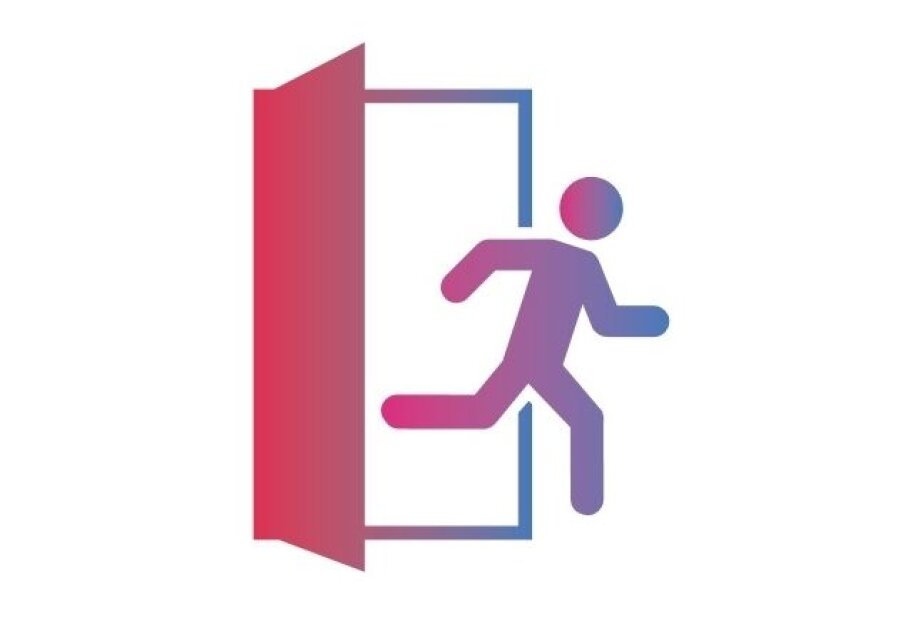How to recover from a disaster?
Few businesses like to consider the worst-case scenarios and rarely prepare for them. But they should. By Morten Lindholm

Few businesses like to consider the worst-case scenarios and rarely prepare for them. But they should. By Morten Lindholm

A natural disaster is an extreme case, and luckily Poland hasn’t experienced many in the past. But power outages do happen, and the long hot summers we have been experiencing for the past few years can certainly lead to such problems. What if there is a threat and an entire building is evacuated? And then it occurs that a cyberattack is underway at the same time? The natural thing is to evacuate the building and that is what management does. But what about the continuity of the business?
“Around the world we see the whole risk landscape is becoming more complex, more uncertain and more unstable. Organizations have to take this into consideration, as consumers will not hang around for a recovery,” said Patrick Morley, UK Service Delivery Director from Sungard Availability Services, at an ABLS conference in June.
Given the rise in threats, particularly from cyberattacks, a new market niche has opened for Disaster Recovery as a Service (DRaaS). It includes defining, documenting and testing a company’s resilience and recovery processes on an ongoing basis to keep pace with IT and business change. It also involves building a layer of infrastructure around the firm’s own structures, so that it has a fully functional copy of its work environment on hand to help recover servers, applications, data and workloads after a disruptive event.
If, for example, a building needs to be evacuated, it seems like a major problem. “Everyone escalates it up to the crisis management team, but in reality it is really just an operational disruption,” said Sandra Bell, Head of Resilience Consulting EMEA at Sungard. But it is entirely different when a cyberattack occurs, which people tend to overlook. Meanwhile, it could have dire consequences for the business.
Oftentimes, these two things can happen at the same time. “Management can handle evacuations, but leaders must have a plan for how to survive the entire situation,” she adds.
The problem can come from a very mundane thing. “We are now so dependent on online communication that often the problem occurs when a cable gets broken because of road construction nearby.” That is where DRaaS comes in. "It's a combination of cybersecurity, infrastructure and processes ready for when it happens, … a complete solution for how to get your business through a crisis when it strikes,” Bell explained.
We’ve come to live in times of uncertainty, but it doesn’t mean we can’t or shouldn’t prepare for it.